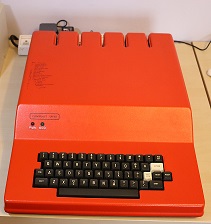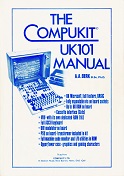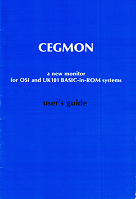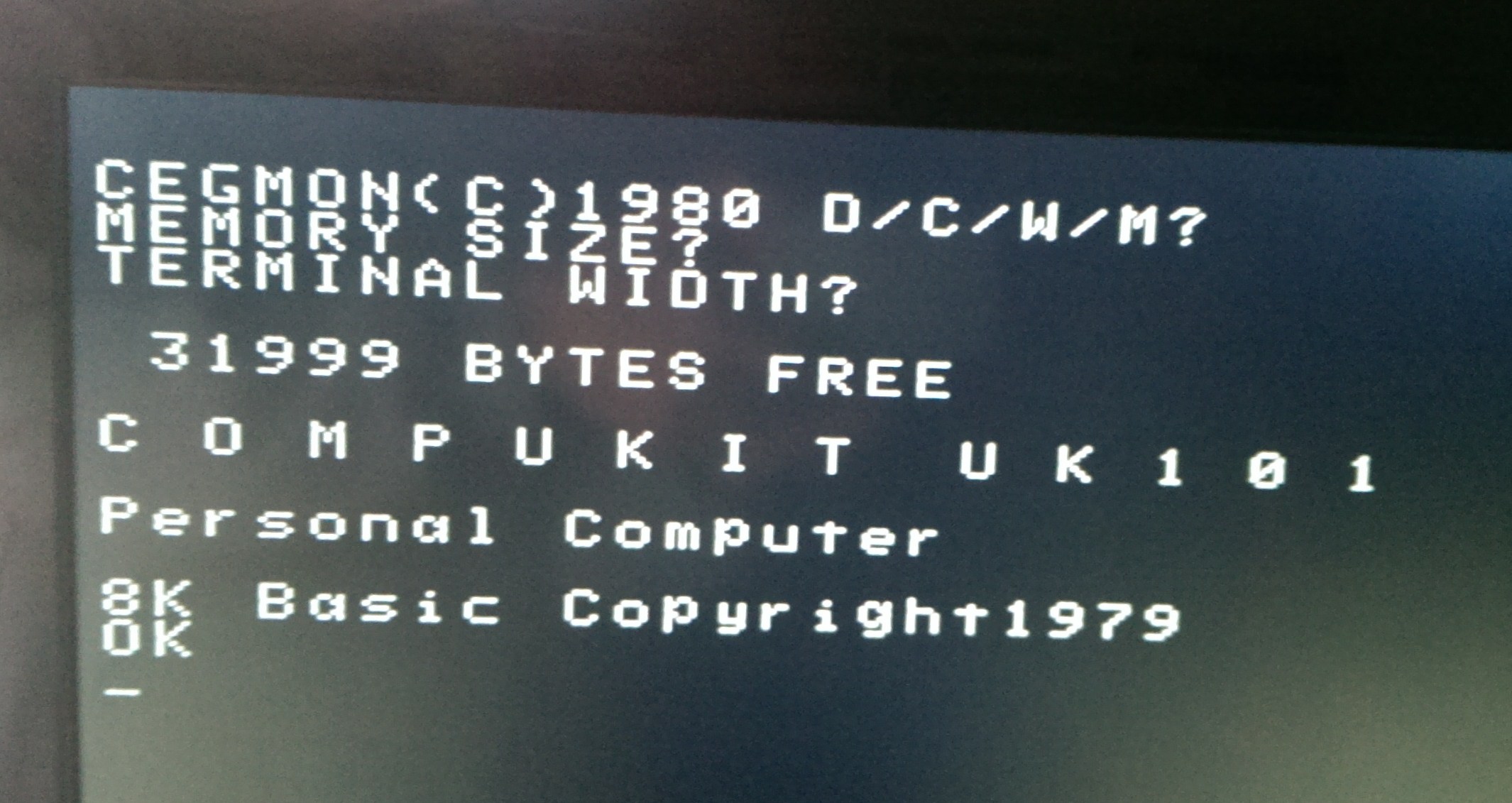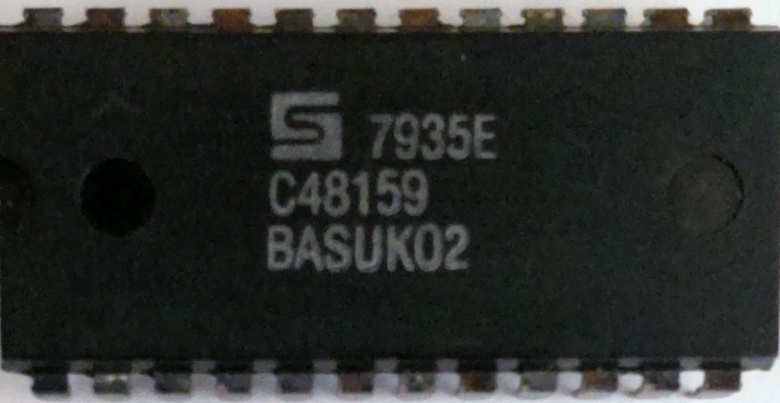 |
|
|
This was a short-lived, hobbyist's computer and was
designed with expansion in mind. During its life time many
construction articles and modifications were published in a range of
magazines and a number of third party add-ons were produced. By the
end of 1982 the computer was no longer available via retail although
several companies still offered software and/or hardware for it.
There were only ever about 5000 systems made. |
|
|
Gallery
|
A gallery of pictures of the Archive's UK101 and associated equipment. This UK101 was purchased in 2014 from eBay. It replaces my original machine bought as a kit in 1979. The original machine had a similar after market case but in beige. That machine ceased working in 1982 and was unfortunately discarded. |
| UK101 MANUAL |
The original manual that came with the UK101 |
| CEGMON |
CEGMON was an improved machine code monitor program for the UK101. Produced in 1980, the program was supplied on a 2716 EPROM and offered the following facilities;
|
|
32K RAM and 16K EPROM upgrade
|
The UK101 came as standard with 4K or 8K of 2114 static RAM chips.
These were 4 kilo-bit memories so that two were needed for each K of
on-board RAM. A fully populated board would have 16 of the memory
chips. As each chip needed some 70mA they represented a huge load on
the 3A power supply. This upgrade replaces the on-board RAM with a modern 32K x 8-bit static CMOS RAM. This is not only faster but also it uses a fraction of the power. In addition the on-board 2K PROM chips holding BASIC have been replaced by a custom 16K EPROM. This also allows for BASIC to be upgraded using Premier Publications BASIC 5 and BASIC X. |
| BASIC ROMs |
The original BASIC for the UK101 was supplied on four 2K ROMs, identified as BASUK01 to BASUK04, to make up the full 8K Microsoft BASIC. During the life of the UK101 several improvements were made to these ROMs and extensions to the BASIC were produced, notably by Premier Publications. View the BASIC ROMs section
|
| Superboard review | The Ohio Superboard pre-dated the UK101 by several months. The UK101 was a clone of this computer adapted for the UK market. Another review of the Superboard can be found in the July 1979 edition of Computing Today. |
| Original constructional article | The UK101 was introduced as a constructional project in the magazine Practical Electronics in the August to November 1979 issues. It was available as a kit for £219.00 + VAT. Later the machine was released built and tested for £269 + VAT. |
| EPROM programmer | This was the first add-on constructional project for the UK101. It was designed to program the 2K 2708 EPROMs used by the UK101 and plugged into the 40-pin expansion socket. It made its appearance in the December 1979 issue of Practical Electronics. |
| Interfacing Compukit | At the start of 1981, Practical Electronics published a major article about an add-on interface to give the UK101 a number of digital I/O ports, ADC and DAC facilities and a sound capability. The linked booklet here is the set of seven original articles compiled into one handy document. |
| Home | |
|
© 2018 - 2025 flaxcottage.com |
|
